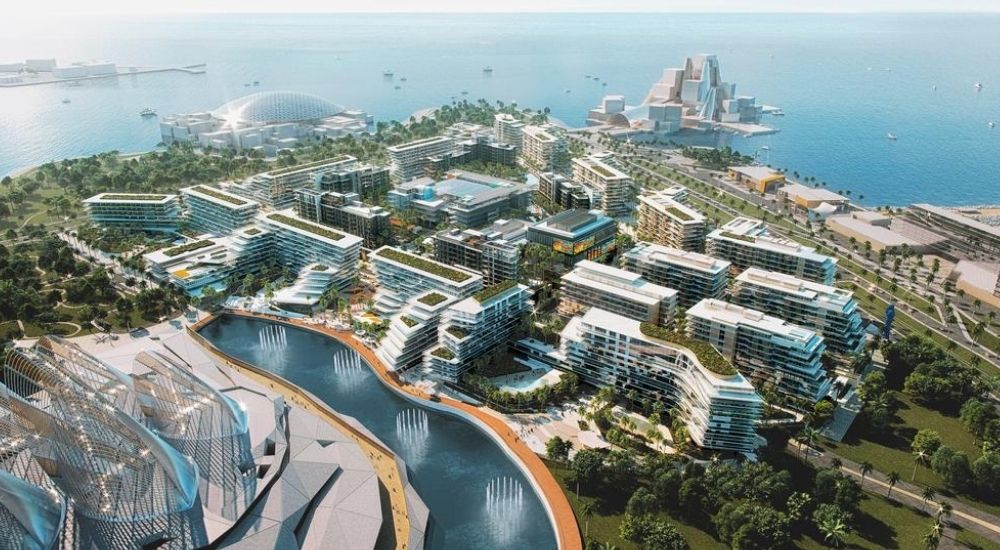New values, new consumer driving need for reimagining spaces finds CallisonRTKL report

CallisonRTKL, a global consultancy specialised in architecture, design and technology, has released a report emphasising the factors driving the need for reimagining and recrafting existing spaces. Given the pace at which the world is changing, driven by technology and accelerated by the pandemic, the report highlights the need to build better, more socially inclusive, flexible, adaptive and regenerative spaces.
Paul Firth, Associate Principal at CRTKL commented, “Across the region, the value of sustainable mixed-use developments is becoming more pronounced. As engines of economic and community vitality, this layered type of development is replacing single-use assets and prompting many to consider recrafting and diversifying their existing portfolios with a mix of uses. At CRTKL, we are guiding many clients through this process and offering design solutions that turn underperforming retail assets around by introducing new anchors in the form of residential, hospitality, work, sports and entertainment spaces. Taking the buildings we have a reappropriating them for a new consumer and new normal is where we need to direct our attention, not least because it can address the issue of embodied carbon and is a more sustainable approach.”
According to the report, the three key factors driving the need for reimagining and recrafting existing spaces are:
- The Current Environment
The world has forced consumers to reassess the lives they lead, and the impact created on the world around them. Now, that introspective contemplation is filtering through to the urban realm. The industry has a once in a generation opportunity to change the urban fabric of towns and cities for the good of communities, and the betterment of the planet and society at large.
In order for towns and cities to respond and adapt they must start to weave in new layers. It is important that this uses the rich tapestry of existing buildings, both historic and modern. In addition, green open spaces should be the foundation for this transformative overlay of new stitching and connective threads. Applying careful approaches such as, curation, blending and shaping to struggling or tired building stock will bring diverse, exciting, and truly mixed-use environments that can begin to form the towns and cities of the future.
- The New Consumer
In this technology-driven world, the consumer has been enabled to do everything differently. The new consumer is moving from needing ‘stuff’, to demanding experiences. They make conscientious purchases and care about community and creativity and individualism. They want to customise. They want to rent everything that represents their new, now and next. There is a dramatic shift in the way they use buildings and spaces. Through their digital overlay, now they can seamlessly have what they want, when they want it and how they want it.
This new mindset demands a blended mixed-use environment in which you buy shoes where you go to exercise. A home that you work in. A workplace that you live in. A library where you get a health check. The demand is for a healthier, balanced, flexible lifestyle that delivers experiences and memories within a cultural and authentic place.
- New Values
Over and above the physical environments that people are now looking for to suit their lifestyle, Generation C are placing a new emphasis on the value of their own impact on the planet. Governments, funders and institutional investors alike are committing and demanding a new way of valuing real estate. Like our new conscientious citizens, they seek to make a difference by focusing on the following areas:
- Environmental impact – save the planet, sustainability, carbon reduction, net zero.
- Ethical consciousness – knowing that the sourcing and morals of everything are the best – from food, to clothes, to buildings to energy is sourced ethically.
- Societal betterment – neighbourhood and community, diversity and inclusion.
- Wellness – Better health, fitness, nutrition, appearance, sleep, and mindfulness.





